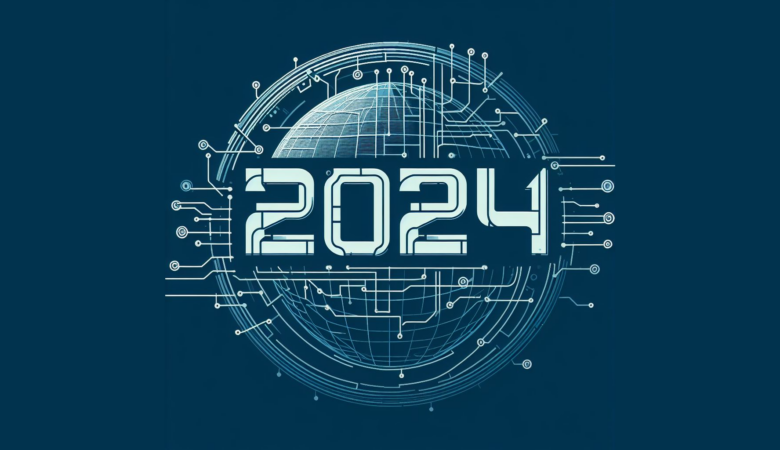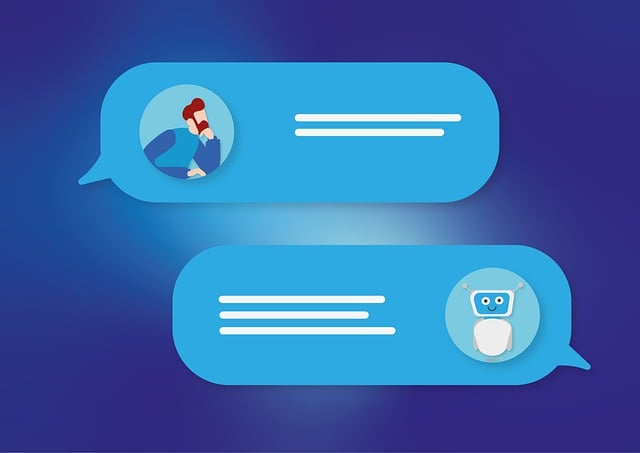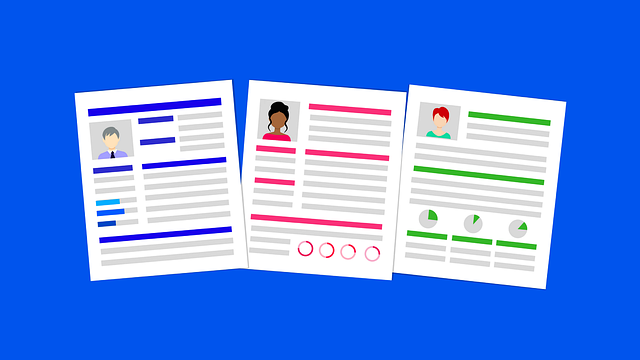Artificial Intelligence (AI) is one of the most exciting and rapidly growing fields in computer science. The field focuses on creating intelligent agents that can perceive their environment and take action to achieve goals. AI has numerous applications, including image recognition, natural language processing, robotics, and more. As it continues to grow, it is essential to have a solid understanding of the programming languages for AI best suited for this field.
We have discussed this topic recently talking about ChatGPT, one of the most promising technologies in this field. Today in this blog post, we will discuss the best programming languages for AI and provide some examples of AI applications built with each language.
1# Python
Python is the most popular language for AI. This is because it has a vast collection of libraries that make it easy to implement machine learning algorithms. Some of the popular libraries used in AI include NumPy, Pandas, and TensorFlow. Python is also easy to learn, making it an excellent choice for beginners in AI. Additionally, it has a straightforward syntax, which makes it easy to read and write code. Due to its popularity, there are numerous resources available for learning Python and developing AI applications.
Python has a wide range for AI applications, including image and speech recognition, natural language processing, and robotics. For example, OpenCV is an open-source computer vision library. It’s written in C++ but has a Python interface. The library also has a wide range of applications, which includes object recognition and face detection. TensorFlow is another popular library used in deep learning applications, including image recognition and natural language processing.
2# R
R is another programming language that is popular in AI. It is particularly useful in statistical analysis and data visualization. The language has a vast collection of libraries that make it easy to implement machine learning algorithms. Some of the popular libraries used in AI include Caret, MXNet, and H2O. R is also an excellent language for data analysis, making it a popular choice in scientific research. Its syntax is similar to MATLAB, which is an added advantage for individuals who already have experience with this language.
R is used in a wide range of AI applications, including predictive modelling, data mining, and natural language processing. For example, the Shiny package is a web application framework for R, used in data visualization and prediction modelling. Other uses of this application include financial forecasting and medical diagnosis.
3# Java
Java is a popular programming language used in AI. It has a vast collection of libraries that make it easy to implement machine learning algorithms. Some of the popular libraries used in AI include Weka, Deeplearning4j, and Mahout. Java is also a popular choice for developing enterprise applications, making it an excellent choice for AI applications in large organizations. Java’s syntax is more complex than Python and R, making it more challenging to learn.
However, Java has excellent performance, making it ideal for large-scale AI applications. Its uses include natural language processing, robotics, and machine learning. For example, the Java-ML library is a popular Machine Learning library that is used in a wide range of applications, including image recognition and data mining.
4# C++
C++ is another popular programming language for AI. It is a high-performance language that is ideal for building complex AI applications. C++ is particularly useful in deep learning and computer vision. Some of the popular libraries used in AI include TensorFlow, Caffe, and Torch. C++ is more challenging to learn than Python, R, and Java. However, it is an excellent language for individuals with interest in building high-performance AI applications.
C++ is used in a wide range of AI applications, including robotics, natural language processing, and computer vision. For example, OpenCV is a computer vision library, written in C++, and it is used in a wide range of applications, including object recognition and face detection.
5# Julia
Julia is a programming language developed in 2012 with a syntax similar to Python or MATLAB. It was designed to be highly performant and includes machine learning libraries such as Flux and MLJ, making it an excellent choice for scientists, researchers, and data analysts. Julia is optimal for numerical computations. Also, its just-in-time (JIT) compilation feature allows it to optimize code based on the data used, making it incredibly fast and efficient. Its strong community support and growing ecosystem make it likely to continue growing in popularity.
Julia’s combination of speed and simplicity makes it an excellent choice for scientific computing, data analysis, and machine learning. The Flux library provides a simple way to define, train, and evaluate machine learning models. Its support for distributed computing allows users to scale up their Machine Learning applications quickly and easily. Additionally, Julia’s strong community actively contributes to its development, creating numerous libraries and packages that extend its functionality. Overall, Julia’s speed, simplicity, versatility, and community support make it a compelling programming language for data analysts, scientists, and researchers alike.
Conclusion
In conclusion, programming languages play a significant role in the development of AI. Python, R, Java, and C++ are the most popular programming languages for AI.
Python is the easiest language to learn and has a vast collection of libraries that make it easy to implement Machine Learning algorithms. R is an excellent language for statistical analysis and data visualization, making it popular in scientific research. Java is a popular choice for developing enterprise applications, making it an excellent choice for AI applications in large organizations. C++ is a high-performance language that is ideal for building complex AI applications.
The choice of programming language for AI will depend on the nature of the application and the individual’s experience and preferences. But, what we can affirm it’s, with the growth of AI, the demand for developers with expertise in these languages will continue to increase.
What other programming languages for AI do you know? Please let us know in the comments below. You can also contact us on our blog page or our website.








Leave a Reply